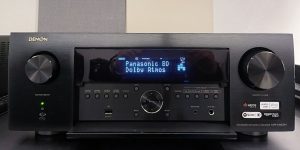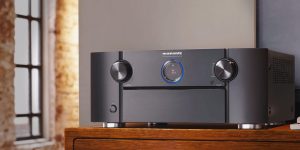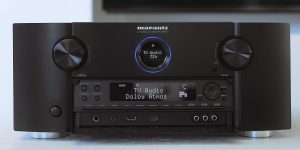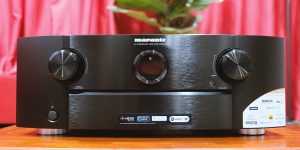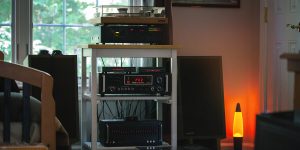As an AV enthusiast, I can attest that a smart home theater system, complete with a smart home receiver, is increasingly becoming a fundamental component of contemporary smart home and media environments. It combines the finest of audio and video entertainment to create an immersive experience for you and your family. Let me walk you through the main steps for integrating AV receivers into your smart home system to help you build the perfect setup.
Choosing the right AV receiver
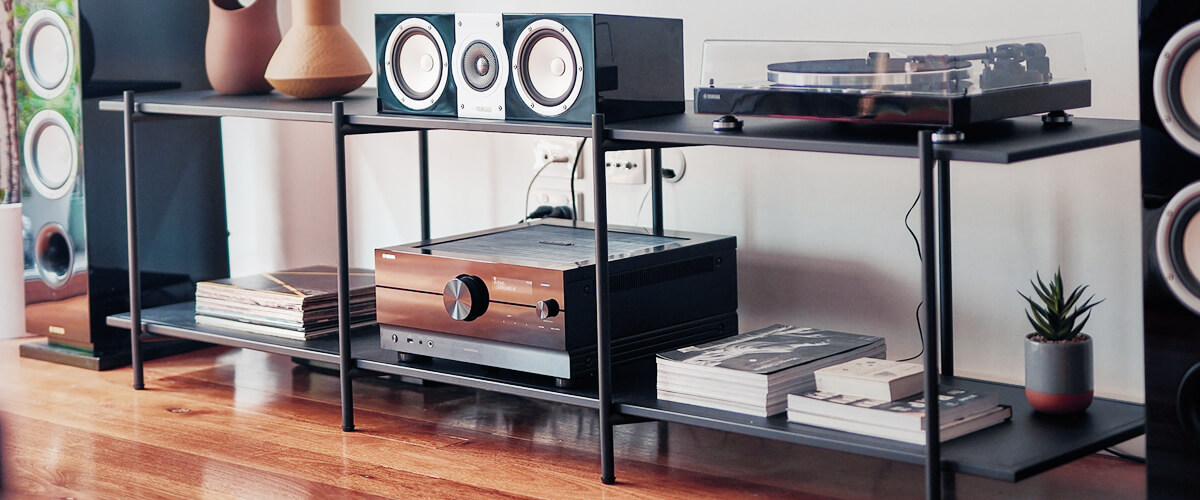
Consider picking the right AV receiver (AVR) as the most important step, as it serves as the heart of your home theater system. So it’s highly advisable to spend time finding one that supports all the necessary functions to meet your unique needs.
Compatibility with smart home systems
When selecting an AVR, I suggest doubling-check if it’s compatible with your chosen smart home system. Most devices will work with popular platforms like Amazon Alexa, Google Home, and Apple HomeKit. Be sure to check the manufacturer’s specifications and reviews to ensure seamless integration with your smart home platform. Imagine effortlessly controlling the volume of your home theater system or changing the input source with a simple voice command, making your entertainment experience more convenient and enjoyable. Ensuring compatibility with your smart home platform will unlock this level of integration and ease of use.
Audio and video performance
Another aspect to consider is the audio and video performance of your receiver. Look for features such as support for modern surround sound formats and HDR support to guarantee an immersive audio and video experience. For instance, if you’re a movie lover, Dolby Atmos support will enhance your experience by providing a 3D sound field that envelops you in action.
Connectivity options
Your AV receiver should have ample connectivity options to accommodate your existing and future devices. Key inputs to look for include HDMI, optical, and USB ports. Also, consider wireless streaming capabilities, such as Bluetooth and Wi-Fi, which can enhance the overall flexibility and convenience of your home theater system. For instance, imagine you’re hosting a movie night with friends, and one of them brings their favorite film on a USB flash drive. An AVR with a USB port would allow you to easily plug in the flash drive and play the movie without any hassle, making for a smooth and enjoyable evening for everyone. This kind of versatile connectivity ensures your home theater system is prepared for any entertainment scenario that comes your way.
Pre-installation considerations
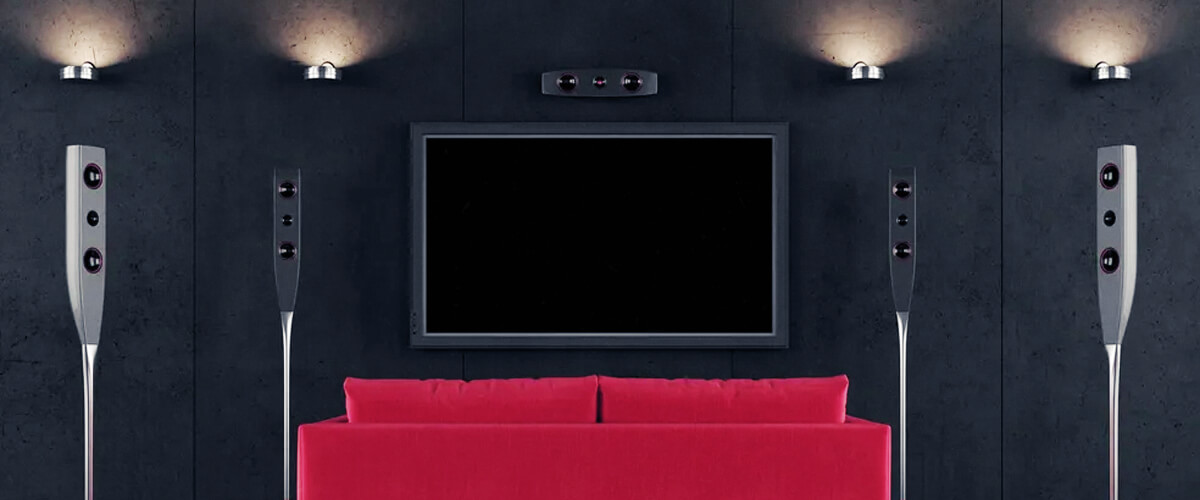
Before integrating your receiver into your smart home system, several factors must be considered for optimal performance.
Room layout and acoustics
Room design and sound characteristics greatly influence your home theater system’s effectiveness. Focus on the speakers’ positioning and the space’s dimensions, as these factors can affect audio clarity. Consider that in a more expansive area, incorporating extra speakers might be necessary for uniform sound coverage. Another scenario could involve optimizing speaker placement for an irregularly shaped room, where arranging the speakers in a way that minimizes sound reflections and dead spots would enhance the overall listening experience.
Device placement and wiring
Proper placement of your AV receiver and associated components can help reduce clutter and ensure a clean, organized setup. Choose a well-ventilated area to avoid overheating, and plan your wiring accordingly. In some particular cases, using cable management solutions like cable ties and conduits could be very helpful in keeping your setup neat and tidy.
Network and Wi-Fi infrastructure
At this stage, it is worth confirming that your home network can manage the additional bandwidth requirements of your home theater configuration. Furthermore, consider acquiring a top-notch Wi-Fi router or mesh network to guarantee a reliable, robust connection across your entire residence. Picture yourself streaming a 4K movie without any buffering or lag, thanks to your upgraded network infrastructure, which effortlessly supports the high bandwidth needs of your home theater system.
Integration with smart home platforms

Once you’ve selected the perfect AVR and prepared your space, it’s time to integrate it with your smart home platform.
Popular smart home systems
Most modern AVRs work seamlessly with popular smart home systems like Amazon Alexa, Google Home, and Apple HomeKit. These platforms allow you to control your receiver using voice commands and integrate it with other smart home devices for a unified experience.
Connecting and configuring AV receivers with smart home platforms
Follow the manufacturer’s instructions to connect your device to your smart home platform. Typically, this involves downloading the respective smart home app, adding the receiver as a new device, and completing the setup process. When integrating with Amazon Alexa, you need to enable the appropriate skill within the Alexa app, then follow the prompts to connect your device to the platform. This process will be similar to other smart home systems like Google Home and Apple HomeKit, with slight variations in the specific steps.
Advanced customization options

Once your receiver is integrated with your smart home system, you can explore advanced customization options to enhance your home theater experience further.
Multi-room audio distribution
Many modern AVRs come equipped with multi-room audio distribution capabilities. This allows you to send audio from a single source to multiple rooms throughout your home. With a multi-zone AV receiver, you could, for example, play your favorite playlist on your living room’s sound system while simultaneously streaming it to the speakers in your bedroom and kitchen.
Home theater and surround sound setups
If you want to create a truly immersive experience, consider optimizing your smart home audio system for surround sound setups, such as 5.1, 7.1, and Dolby Atmos. Carefully select and position your speakers to create a balanced sound field that envelops you and your guests in action. A Dolby Atmos setup might include ceiling-mounted speakers that add an extra dimension of sound, transporting you right into the heart of your favorite movie or show. One challenge you might face is adapting your setup to an unconventional room layout, such as a room with a slanted ceiling or architectural features obstructing speaker placement. In such a situation, you’ll need to experiment with different speaker positions or invest in specialized speaker mounts to achieve the desired audio experience.




![Best 2-Channel Receiver [Expert Reviews and Buying Guide]](https://hometheaterology.com/wp-content/uploads/2023/11/best-2-channel-receiver-stereo-300x150.jpg)

